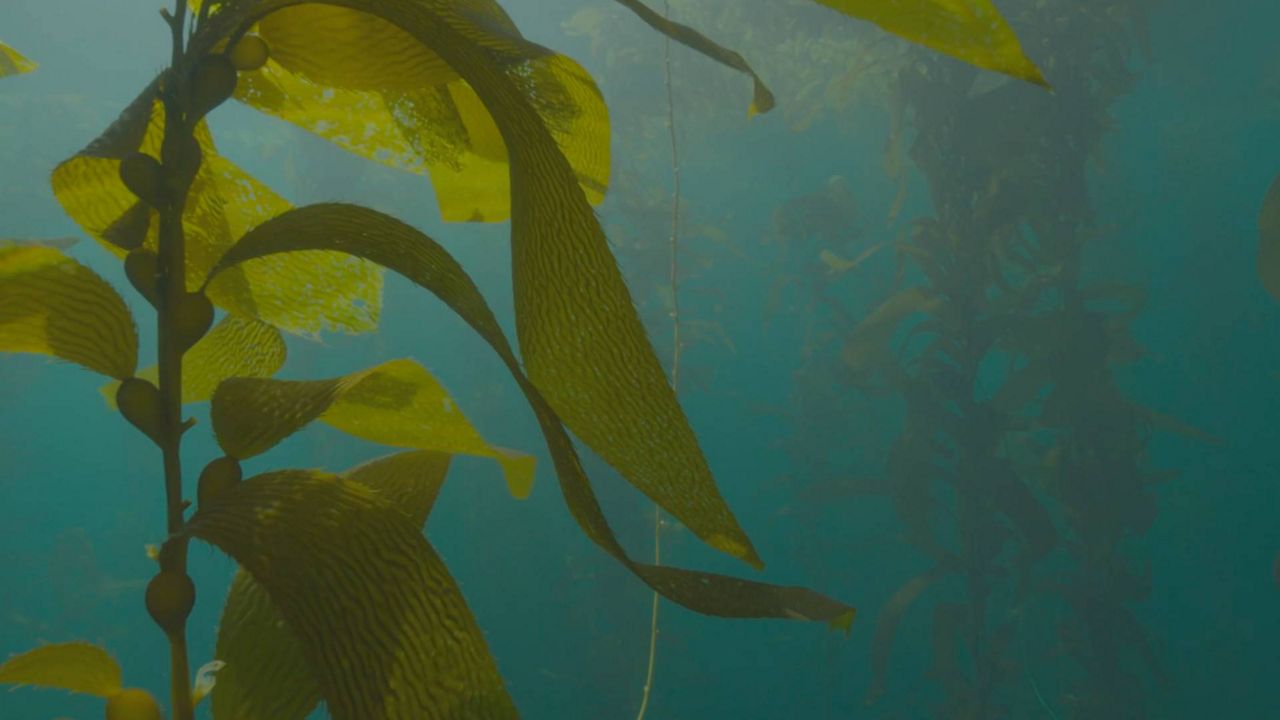A new study from the University of Maine has reduced the costs associated with a proposed new method of using kelp farming to remove excess carbon dioxide from the atmosphere, but costs are still more than 10 times higher than advocates for the innovative technology want them to be.
“Kelp cultivation for carbon sequestration is not cost competitive right now, but there are important pathways to reducing the cost of producing kelp, which is good for everyone.,” said Damian Brady, co-author of the study and associate professor of oceanography at UMaine.
The study by researchers from UMaine working with Conscience Bay Research examined the use of kelp aquaculture to control carbon dioxide. Just as trees and plants on land draw carbon dioxide out of the air, kelp can do the same offshore but, researchers note, if the water is too shallow, the kelp might end up re-releasing some of the carbon dioxide back into the air.
The proposed solution, according to a release from UMaine describing the study, involves cultivating kelp in shallower water, then removing it and placing it in deeper water, more than 1,000 meters, to keep the absorbed carbon dioxide out of the air permanently.
“Farming kelp for the purposes of large-scale carbon dioxide removal is an idea that has recently gained significant attention from the research community, private sector and aquaculture industry,” Struan Coleman, principal author of the study and research associate at UMaine, said. “The goal of our analysis was to assign some realism to the conversation regarding the costs and environmental impact of this emerging technology.”
The researchers described the cost in terms of price per ton of carbon dioxide. By tweaking technical details of the technology involved, researchers slashed the price per ton from $17,048 to $1,257. Despite this, the cost still remains too high to make sense for the industries involved to get on board. The UMaine statement notes that industry cost targets are around $100 per ton of carbon dioxide.
Still, the innovations discovered through the study will lead to better kelp farming overall, according to Adam St. Gelais, co-author of the study and aquaculture innovation specialist at UMaine’s aquaculture research institute.
“This model provides pathways to reduce production costs and reduce production-related emissions for kelp farming regardless of its ultimate use. Insights from the model can be applied now to help producers increase yield and expand margins through optimization as they look to grow.”
The study appeared in the August 2022 edition of the scientific journal Frontiers of Marine Science.



